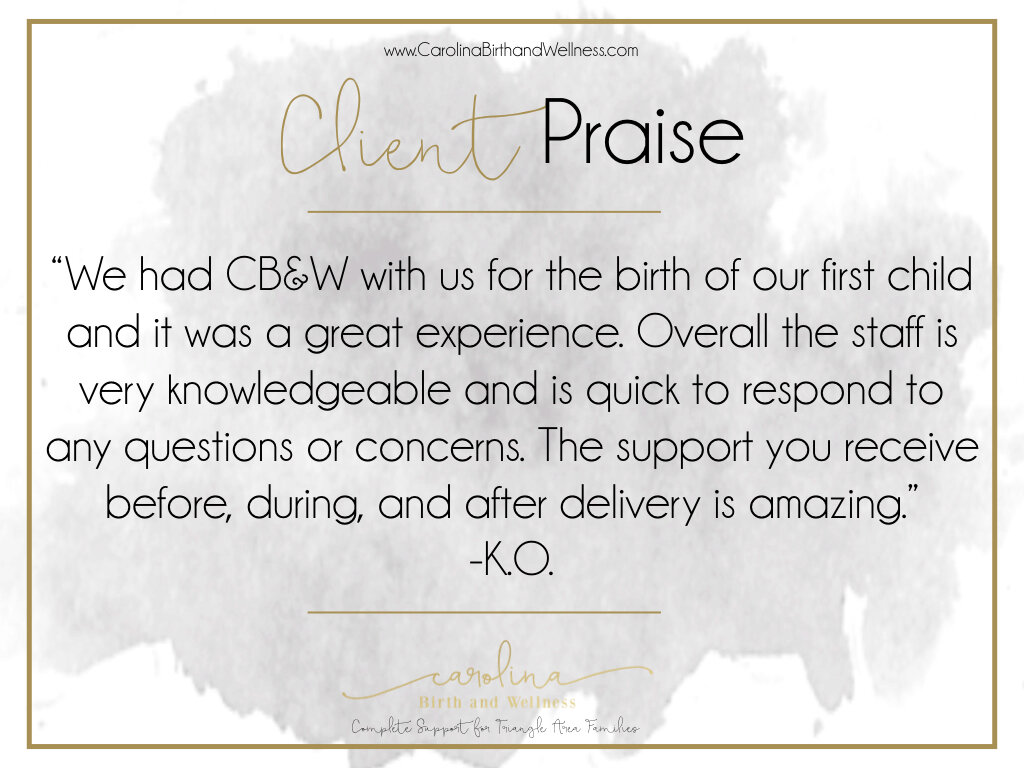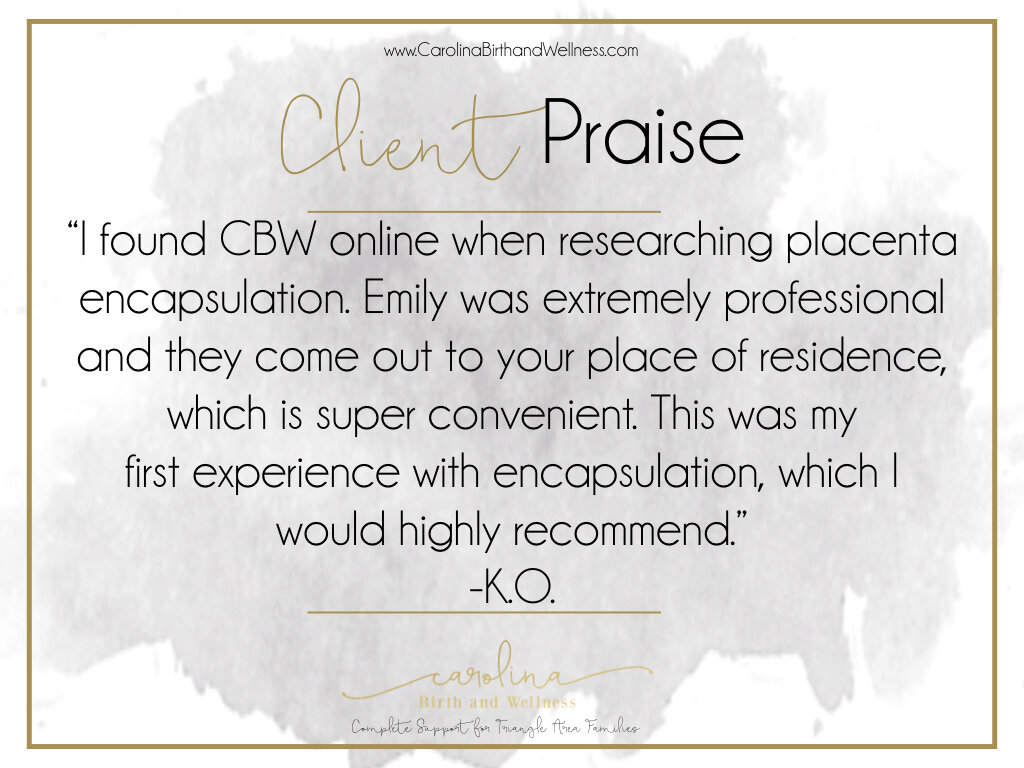As your body is transitioning from colostrum to milk, breast engorgement can be a common, but very uncomfortable, symptom of that transition. For breastfeeding individuals, this engorgement is painful and makes your breast feel hard and look swollen. Engorgement does not automatically mean that you are overproducing too much milk, but that your breast tissue is swollen. Here are a few of our favorite tips for easing pain associated with engorgement:
Warm Compress Before Feeding
While it may be hard to time because newborns do not always understand what a schedule means, if you can vaguely predict when your baby when is about to nurse, and about five minutes before that, apply a warm compress to your breast, that can be helpful.
The heat will soften the tissue to allow for your baby to have a better latch, thus have a more effective feeding. You can use a warm, wet washcloth, or jump in a warm shower for a few minutes while your postpartum doula holds your baby.
Reverse Pressure Softening
Much of the engorgement of breast tissue is the tissue actually being swollen and the milk ducts at the front of your breast becoming compressed. Your nipple can then get lost in the breast tissue, thus making feedings more difficult. Reverse pressure soften is a great way to decrease that swelling around the nipple to enable your baby to have a better latch. Here are some great instructions for this technique. Basically, you press two fingers at a time around your nipple for a couple of minutes, making sure to move around your nipple until the tissue softens and your nipple pops out.
After you have done the reverse pressure softening, you want to express the milk in the following order: have baby nurse, hand express, or pump.
Early, Effective, and Frequent Feedings
Simply said, nurse, and nurse often. Nurse from both breasts to ensure both are being completely emptied, and, especially early in your breastfeeding journey, don’t skip feedings to allow for your body to understand the supply and demand nature of breastfeeding.
Cool Compress After Feeding
Applying a cool compress immediately after you feed your baby can help reduce any swelling that accompanied the engorgement. A cool, wet compress or an ice pack wrapped in a towel is enough, and you can leave that compress on your breasts for about 10 minutes after your baby has finished eating. Cool cabbage is also a great compress!
Therapeutic Breast Massage
Hand expression and therapeutic breast massage are great ways to decrease the pressure in your breast without the hassle associated with using your pump. It is important to note this process can be a bit slow, but keep massaging and you will most likely feel relief soon.
First Step: Stimulate Your Oxytocin. You can think about your baby, look at your baby, receive a neck massage from your partner, or do anything that is going to make you happy and calm.
Second Step: Choose a Container. Having something to catch any milk can be helpful because spilling breastmilk is a time to cry over spilled milk.
Third Step: Begin Massaging! With your index finger and thumb on each side of your nipple, press back to chest then pull fingers together to slowly roll forward. This process should never be painful, but can take awhile before you feel relief and start expressing any milk. Here is a great video to learn more about hand expression.
When to Call A Provider with Engorgement Issues
if your breasts are ever as hard as your forehead, warm or hot to the touch, red, or have streaks on the tissue, please consult your medical provider.
We hope these tips helped with any breast engorgement you have been experiencing, and our postpartum doulas are always available to work with you on your breastfeeding journey to help you and your baby be successful. Just give us a call!










